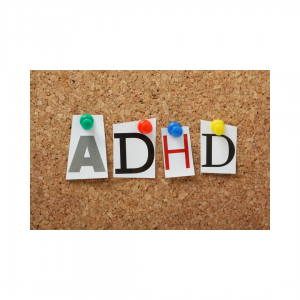ADHD PARENTING: Building Attachment
When parents ask about parenting help for ADHD Kids, I encounter so many people who have read a lot on the internet, have a lot of the symptoms and medical information about ADHD in their thoughts, and feel at a loss for finding the right help to get their child to listen, calm down and […]









